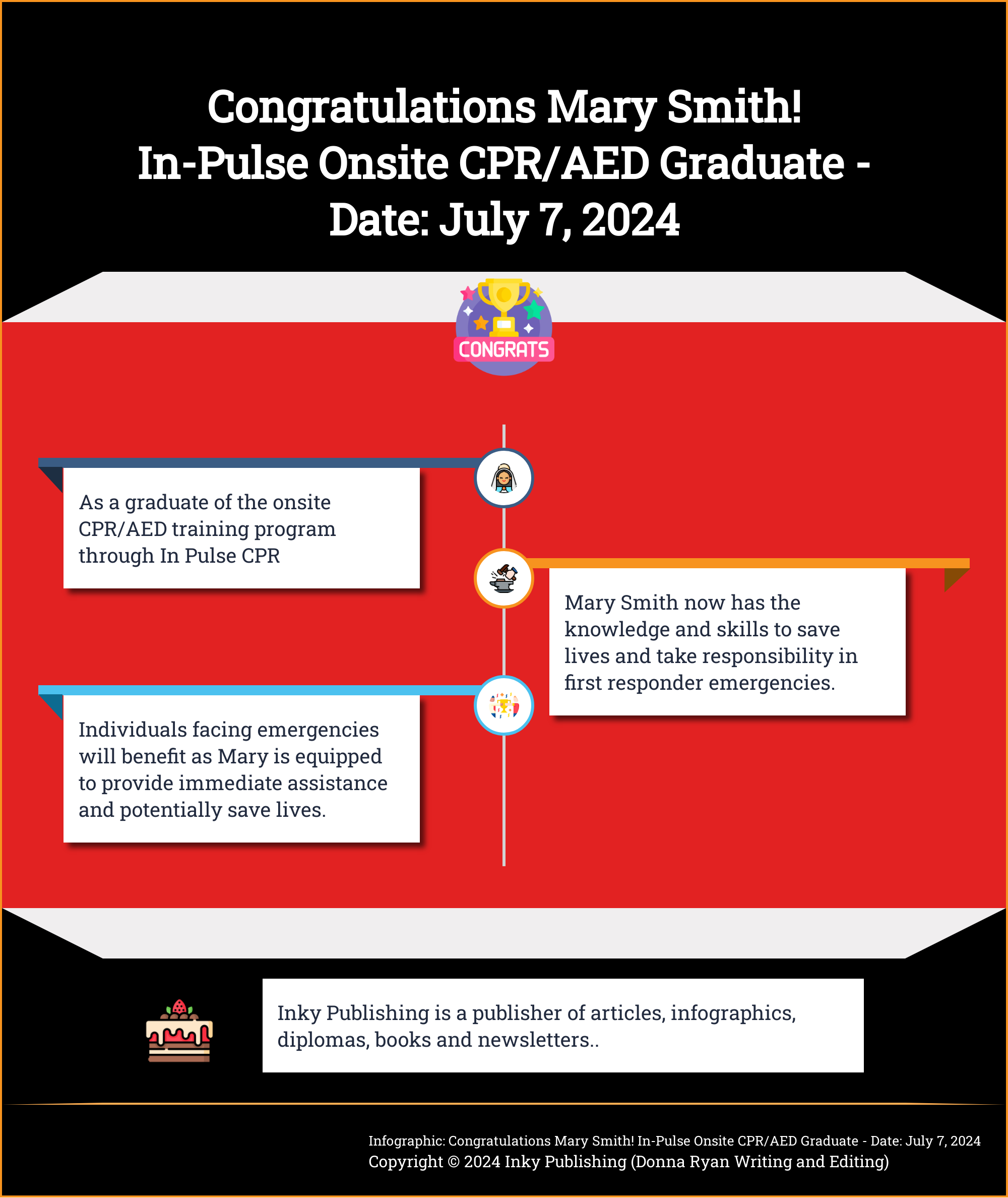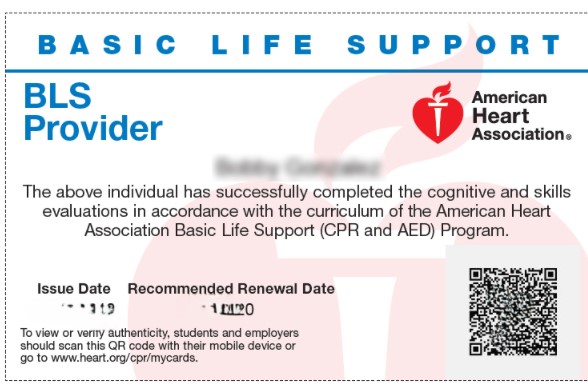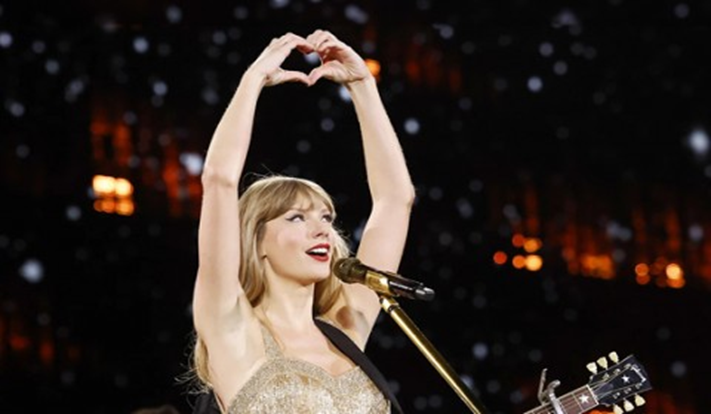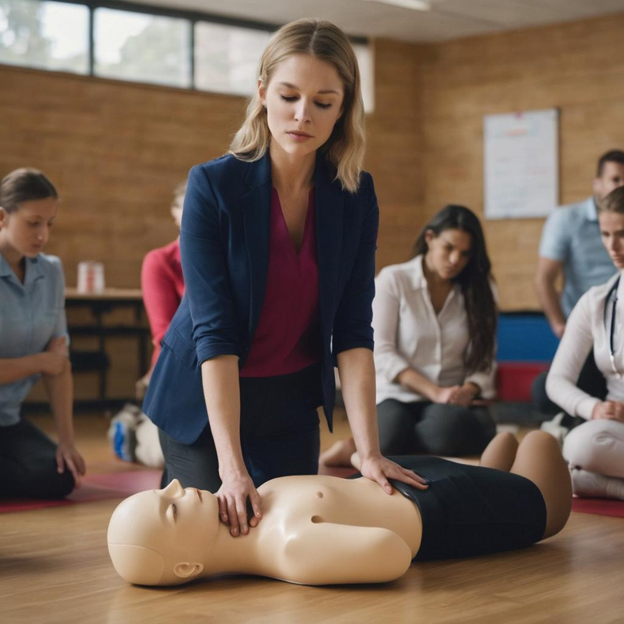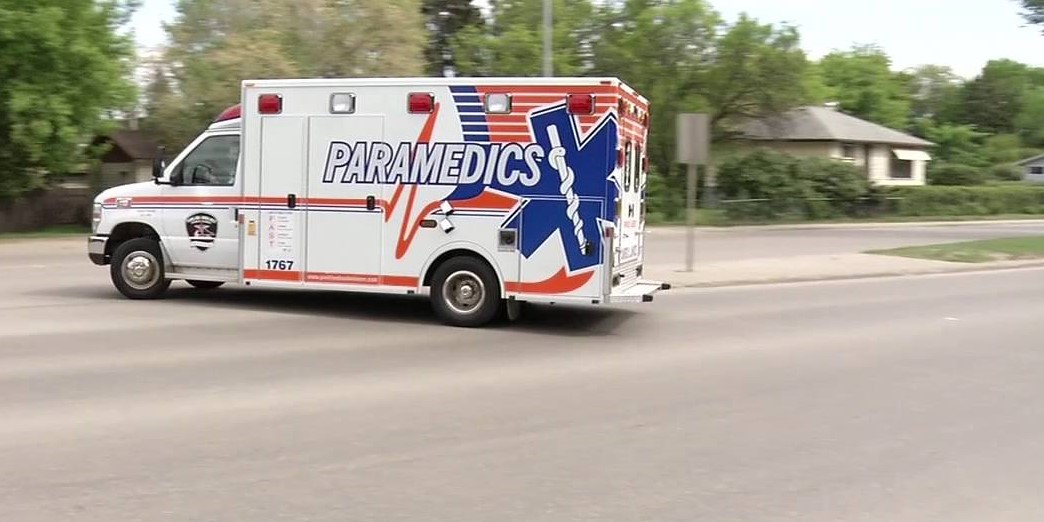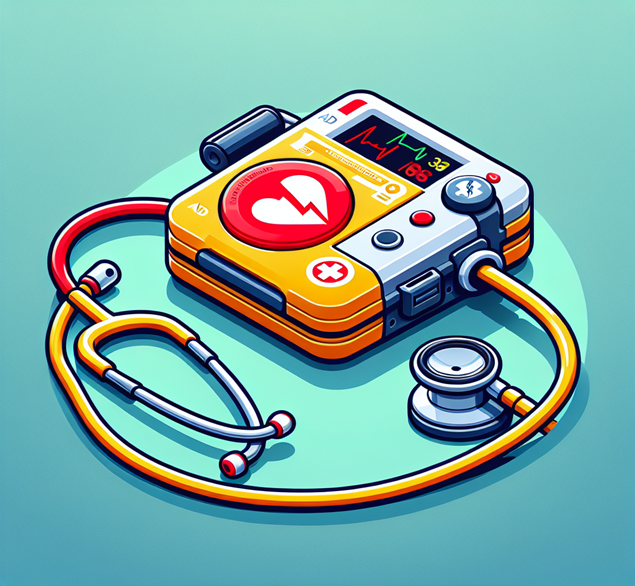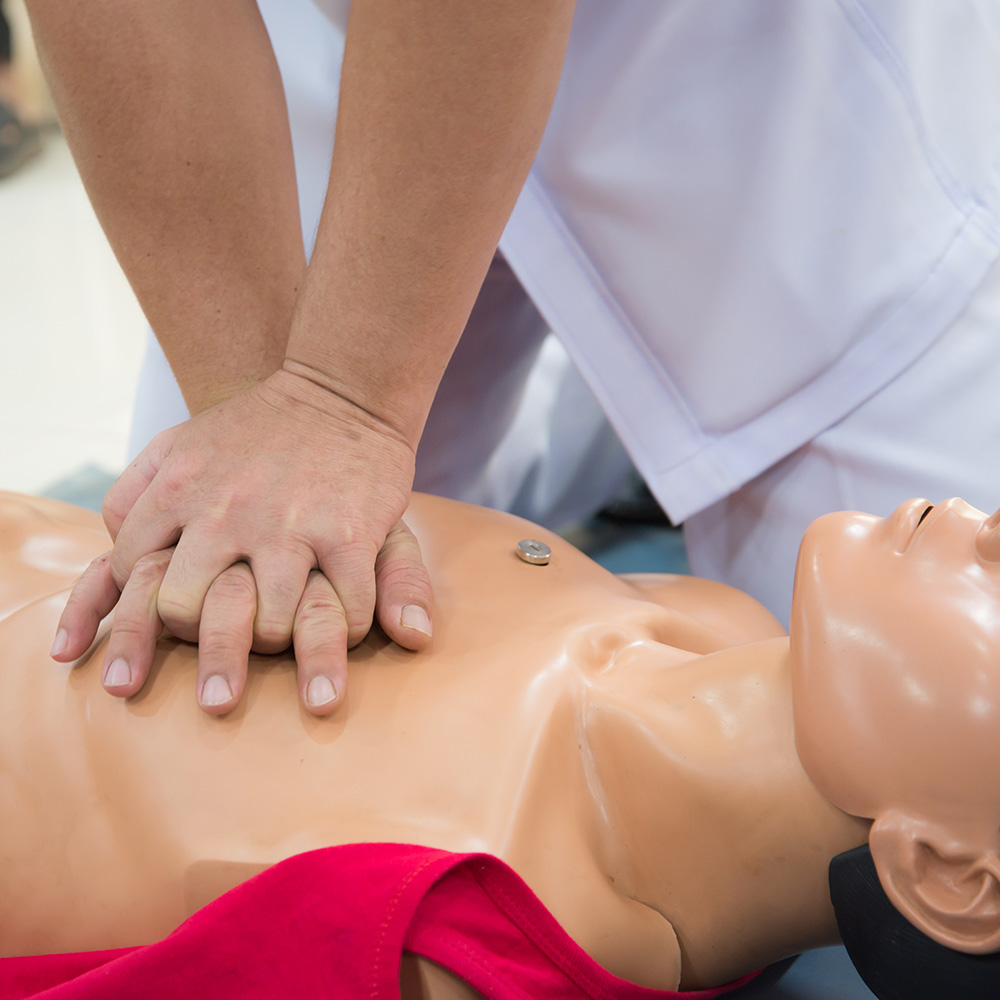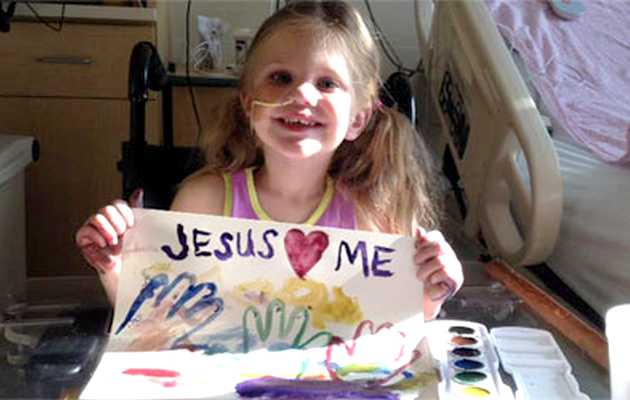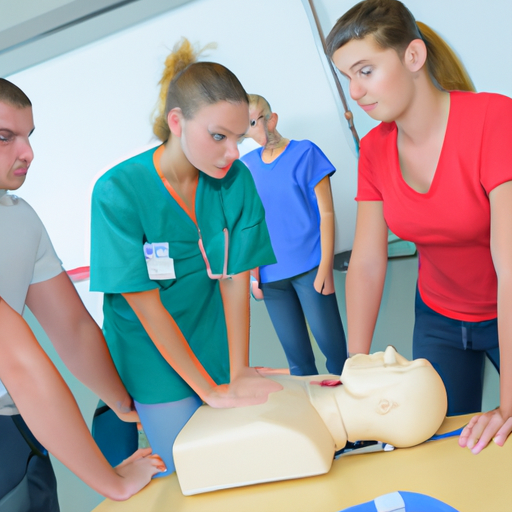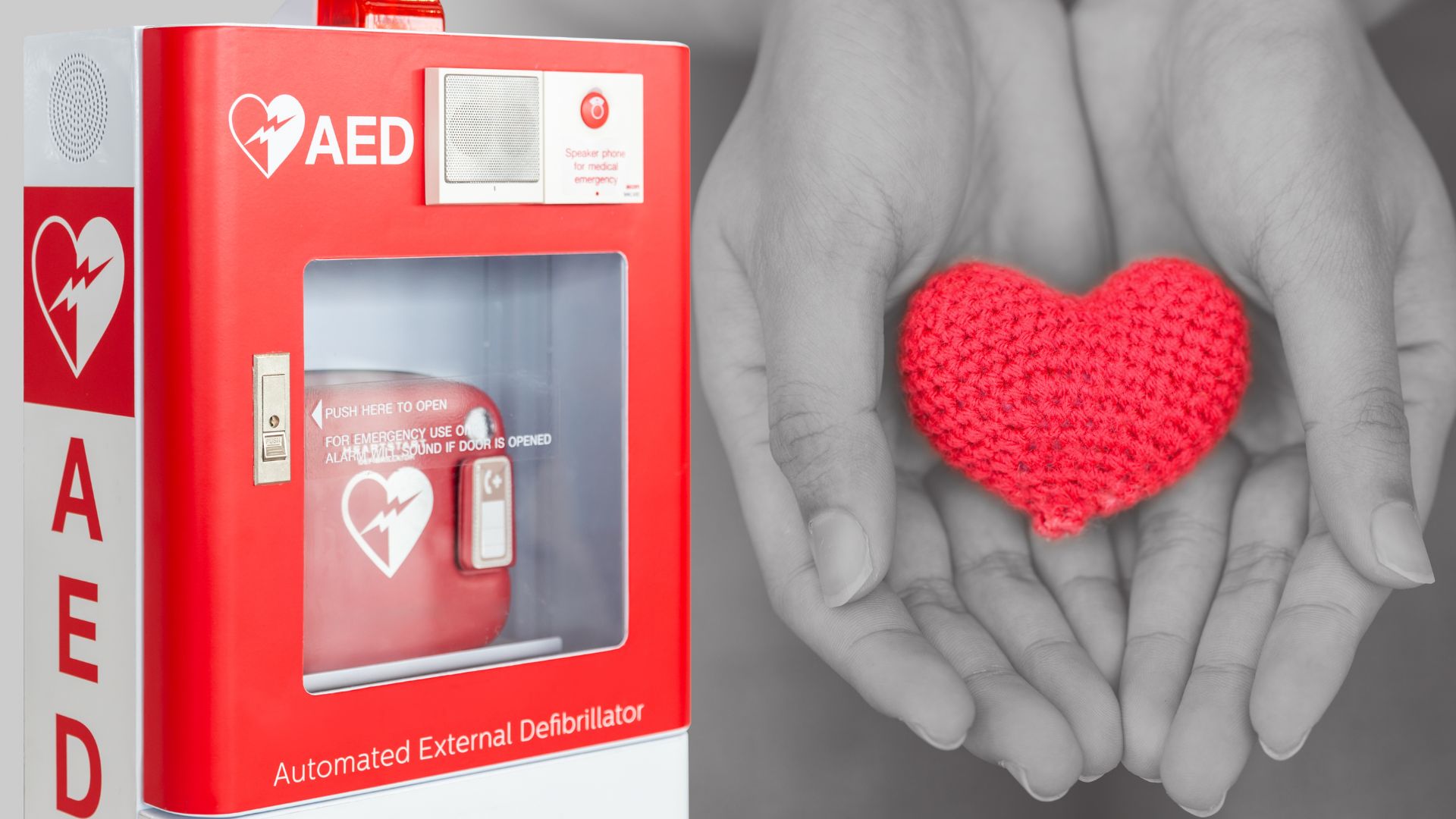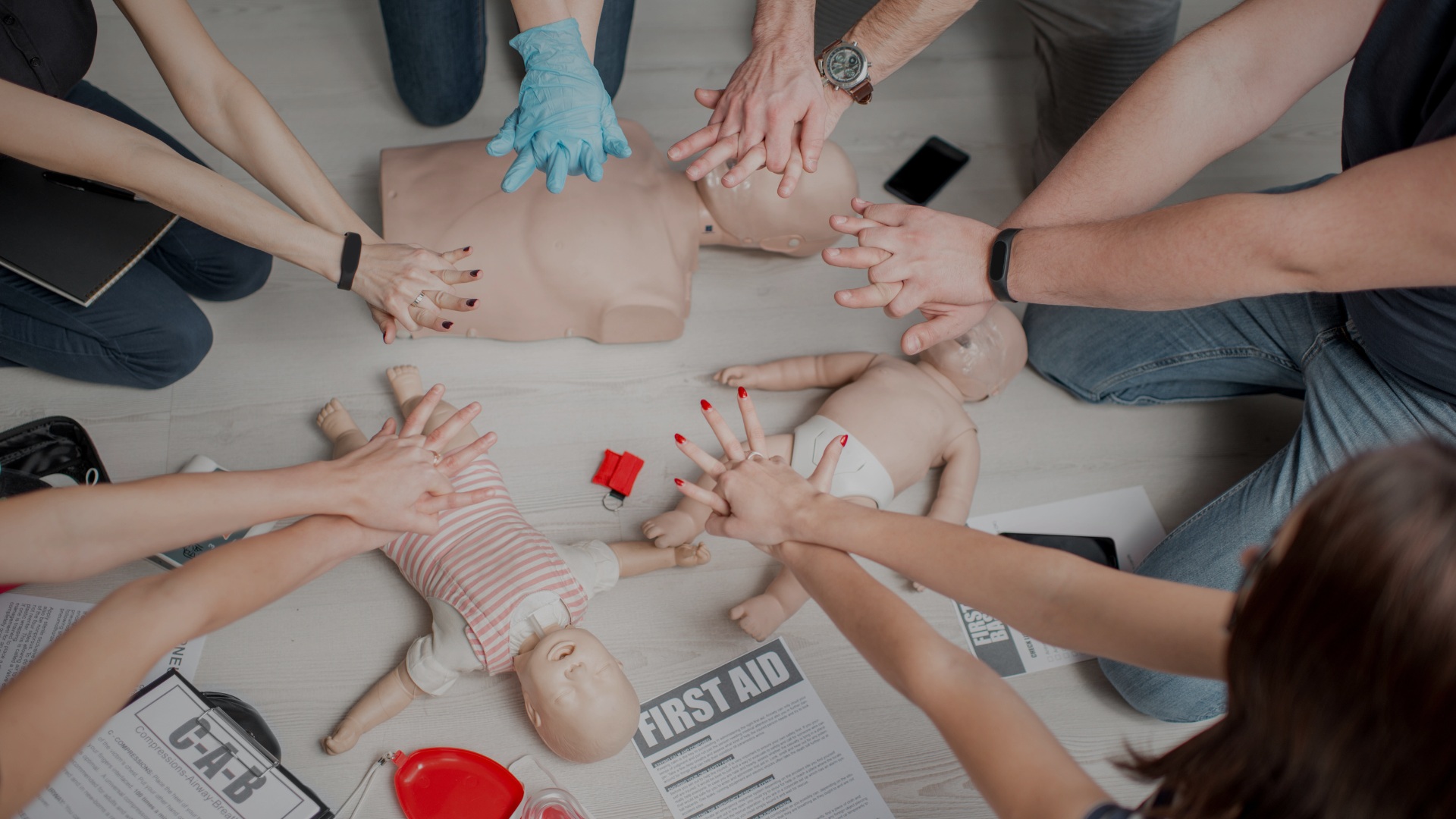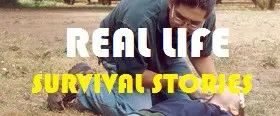Taylor Swift’s Songs Can Be Used to Save Victims of SCA
The popularity of Taylor Swift and her music can also potentially save lives – teaching fans and others how to perform CPR to the entertainer’s playlist of songs.
Currently, there are over 50 songs that are technically helpful for conducting CPR, supplementing the Bee Gees’ 1977 song, Stayin’Alive, which has long been thought of as having an ideal CPR beat.
In fact, the Monash Victorian Institute presented a list of Swift-inspired songs at its Swiftposium in February 2024. Presenters at the academic conference stated that cardiovascular disease is the leading cause of death in the world. That is because it is still under-diagnosed, under-treated, and under-recognized due to a lack of awareness.
That’s why In-Pulse CPR is dedicated to making sure everyone knows CPR and receives CPR/AED training onsite. Survival rates for cardiac arrest can greatly improve with the use of bystander CPR.
Swift’s songs are some of the most influential music of this generation. Because music plays a major role in maintaining CPR compressions, identifying to new songs with the optimal beats per minute (BPM) for learning CPR is critical.
Cardio-pulmonary resuscitation (CPR) is an emergency procedure that is used to provide oxygen to a patient while keeping the blood flowing during an SCA. Therefore, the lifesaving technique is one of the most important factors in determining survival rates.
To ensure CPR is effective, the rescuer needs to ensure compressions are 100 to 120 beats per minute. The song, Stayin’ Alive’s rhythm follows a beat pattern of 103 beats per minute (BPM). Therefore, to target younger people, Swift’s music could be influential.
Also, think about the name, Swift – every moment counts during an SCA and “swift” action is required.
Many of Swift’s songs can help maintain 100 to 120 BPM compression rate.
Endorsed by the AHA
This type of newfound approach to CPR engagement is endorsed by the American Heart Association as well, which has supported several of Swift’s songs via X (previously Twitter) for performing hands-only CPR. According to the AHA on X, Taylor Swift’s song, Love Story, has 119 BPM – perfect for performing CPR.
Taylor Swift’s music is already causing people to increase their interest in heart health. The Ëras Tour” treadmill challenge, for instance, gives fans the opportunity to walk or run the total three-hour setlist of the Eras Tour. You can find a CPR song for each Swifty Era.
When you combine the use of CPR with music, you can make learning CPR much more engaging. The ideal song is close to 120 BPM.
DRS ABCD for CPR
Also, there’s a musical-type pattern for beginning CPR – or the steps to follow for doctor’s ABCD (DRS ABCD) for CPR:
These steps can be easily memorized:
- Check for Danger
- Check for Response
- Send for Help (Call 911)
- Check the Patient’s Airway
- Check for Regular and Normal Breathing
- Begin CPR
- Initiate Defibrillation with an Automated External Defibrillator (AED)
After calling 911, it’s also helpful to stay on the line, if possible. The person at the other end can help you get through the steps during the emergency.
However, the most important thing to do is to get CPR/AED training onsite. It doesn’t take a lot of time and you can use the training to help save a life.
CPR classes offered in Minneapolis area, Tampa Bay, and Central Pennsylvania. More fun than you can imagine and learning something that is important to know, priceless!
The Best Taylor Swift Songs (Between 100 to 120 BPM) to use for CPR
Below is a list of the Taylor Swift songs you can use to give CPR and their BPMs.
- Fearless (100 BPM)
- Is It Over Now? (100 BPM)
- I Think He Knows (100 BPM)
- Teardrops On My Guitar (100 BPM)
- Stay Stay Stay (100 BPM)
- Untouchable (102 BPM)
- Nothing New (102 BPM)
- Long Live (102 BPM)
- Cornelia Street (102 BPM)
- Paper Rings (103 BPM)
- Soon You’ll Get Better (103 BPM)
- You’re Losing Me (103 BPM)
- 22 (104 BPM)
- Clean (104 BPM)
- Picture To Burn (105 BPM)
- We Were Happy (106 BPM)
- September (107 BPM)
- Question…? (109 BPM)
- Coney Island (108 BPM)
- Dear Reader (108 BPM)
- Maroon (108 BPM)
- Santa Baby (108 BPM)
- Say Don’t Go (110 BPM)
- Now That We Don’t Talk (110 BPM)
- King Of My Heart (110 BPM)
- Treacherous (110 BPM)
- Mirrorball (110 BPM)
- Snow On The Beach (110 BPM)
- Labyrinth (110 BPM)
- The Man (110 BPM)
- Afterglow (111 BPM)
- Paris (111 BPM)
- Gold Rush (112 BPM)
- The Outside (112 BPM)
- Sparks Fly (115 BPM)
- A Place in This World (115 BPM)
- Carolina (116 BPM)
- Message In A Bottle (116 BPM)
- Last Christmas (116 BPM)
- Forever Winter (116 BPM)
- Hey Stephen (116 BPM)
- The Lucky One (117 BPM)
- Welcome to New York (117 BPM)
- I Wish You Would (117 BPM)
- How You Get the Girl (117 BPM)
- Suburban Legends (118 BPM)
- Forever & Always (119 BPM)
- Speak Now (119 BPM)
- Hoax (119 BPM)
- Dear John (119 BPM)
- Love Story (119 BPM)
- Dress (120 BPM)
- Illicit Affairs (120 BPM)
- You’re On Your Own, Kid (120 BPM)
Whether you like Taylor Swift’s songs or prefer another music genre, it’s important to remember that music can be instrumental – especially when it comes to saving a life.
Types of Heart Conditions: Symptoms and Treatments
It throbs, it beats, it flutters—all in the name of love and life. Yes, we are talking about your heart, that indefatigable muscle at the core of every rom-com and…cardiology symposium. As much as the heart can inspire poetry and music, it can also lead to an unwanted syncopated jazz-type solo.
Coronary Artery Disease (CAD)
Coronary artery disease (CAD) tops the list when it comes to major types of heart conditions. This is a situation where the coronary arteries–or the supply lines of the heart–become occluded. A build-up of cholesterol or atherosclerosis is responsible for this disease. Your blood vessels will not part with the plaque that narrows the arteries.
To reduce problems with CAD, you may need to revive your diet and take a cholesterol-lowering drug or statin. An angioplasty–a minimally invasive procedure which uses a balloon and stent–may also be used to treat CAD. Sometimes your doctor will recommend bypass surgery.
Heart Attack
A heart attack or myocardial infarction may show up as an invited visitor if you have CAD. Unfortunately, it walks through the door without knocking. The sudden attack may occur when a coronary artery is clogged, which reduces the oxygen in the blood.
Clot-busting drugs are used to treat a heart attack as well as angioplasty or emergency bypass surgery. You can also prevent sticky platelets from gatecrashing your circulatory system by taking aspirin – thus, preventing or reducing the risk of a future heart attack.
Heart Failure – Not Like It Sounds
While heart failure suggests that the heart stops working, it’s more of a state where the heart is not pumping blood as well as it could.
Treatment for people with heart failure usually consists of different medications including ACE inhibitors, diuretics and beta-blockers – all which help in reducing the burden on one’s weakened ticker. Sometimes pacemakers or defibrillators are used to bridge the void as well.
Arrhythmia
Arrhythmia is when the heart’s rhythm section does not work – either going too fast or too slow – out of its normal rhythmic flow. Atrial fibrillation (A-fib), for example, is a type of arrhythmia where your heart is out of sync or is going too fast.
“Metronomes,” such as calcium channel blockers and beta-blockers are used to control the heart beats while anticoagulants are used to prevent the formation of clots in the blood.
Congenital Heart Defects
Congenital heart defects are defects that affect the structure of the heart from birth. They may range from a hole in the heart to problems with the heart’s piping system and pumping action.
Treatments depend on the severity of the defect. Some issues may resolve over time, or may be treated with medicine. Other issues may need surgical correction or require a catheterization.
Summing Everything Up
The heart can tell you a story about your current health. Don’t ignore any alerts. Make sure your heart continues to hum well with the song of life.
You can also focus on making sure someone experiencing sudden cardiac arrest (SCA) is given a second chance at life by taking In-Pulse CPR onsite training. Make a commitment to heart health – to others as well as yourself.
Why the Fears of Giving CPR Are Unfounded
People may fear giving CPR for one or more reasons. However, their explanations also clearly contradict the benefits of taking an on-site course and having this skill, especially if you’re a bystander.
The Reasons People Often Give for Not Taking CPR Classes
Lack of time – While people feel the time commitment is significant, you can schedule CPR classes on-site through In-Pulse CPR for a 3-hour session or for 5 hours if first Aad is included in the course.
Ask yourself how much time you normally take to go out to eat or to a ballgame? In most cases, CPR training takes less time.
You’ll learn a new skill and may save someone’s life as well. So, time really isn’t an issue. It’s just an excuse.
Not seeing themselves encountering situations where they’d use it – Some people feel they are unlikely to ever be in a situation where someone will need CPR. Therefore, they don’t see the value in spending the time or money to get trained.
However, emergencies can happen anytime, anywhere and to just about anyone. Wouldn’t you feel awful if you encountered an emergency tomorrow and you could have gotten certified but brushed it aside? You didn’t have the training that could possibly have saved someone’s life.
Not wanting the responsibility – Performing CPR, especially on a stranger, can no doubt be stressful. However, feeling helpless is even worse..
Unfortunately, some people worry about performing CPR correctly or about the potential legal implications if the victim doesn’t survive. This deters them from getting trained.
It’s important to note that Good Samaritan laws protect the bystander who is CPR trained. The medical help you can provide then far outweighs any legal implications, if any, that you’ll ever have to face.
In fact, you can get into more trouble if you don’t administer aid than if you go ahead and provide the necessary emergency care.
For example, in Minnesota, not giving medical assistance is considered a misdemeanor offense. Also, in Florida, the Good Samaritan Act (Florida Statute 768.13) includes a clause that protects people who use an automated external defibrillator (AED) during an emergency.
Even uncertified CPR is usually legal and may be performed in an emergency. However, you should still receive on-site CPR certification to improve the outcome in emergencies.
Also, it’s helpful to remember that 9-1-1 dispatchers can also guide you through CPR if you’re feeling nervous and need backup support at the scene.
The expense of a basic life support (BLS) course – A course in BLS costs around $55 (per In-Pulse). This amount is the same as what you’d pay for treating a family of four to dinner or for two or three refills of gas at the pump.
You can also get a haircut for this price or pay the same amount for a sporting event or admission into an amusement park. You might also pay the same amount for a video game or a good bottle of wine.
While not completely insignificant, this amount is comparable to many regular everyday purchases. Yet, learning a life-saving technique like CPR has a much more long-term value than the many everyday luxuries we enjoy and seemingly afford without a thought. Gaining emergency response skills truly is priceless for both ourselves and the loved ones around us.
The minimal investment you make is well worth safeguarding another person’s health and well-being. After all, the same people you may be protecting are also the ones you spend time with at amusement parks, restaurants, and sporting-related activities.
Discomfort with giving mouth-to-mouth resuscitation – Besides giving rescue breaths, untrainted responders can also learn how to save lives by learning hands-only CPR. This training, along with learning how to use an AED, still can be done without giving mouth-to-mouth.
Fear of infection – Some people, especially since the COVID pandemic, worry about infections. However, the use of barriers or masks can significantly reduce an infection risk while notably increasing the percentage of people who are saved.
Out-of-Hospital Cardiac Emergencies: Some Key Facts to Consider
When you consider the facts about out-of-hospital CPR emergencies, it does not make sense why anyone would not choose to take a BLS rescue course. For example, consider the following statistics:
- More than 350,000 cardiac arrests take place outside of U.S. hospitals each year. That averages to around 1,000 people per day experiencing a sudden cardiac arrest or SCA.
- As many as 70% of out-of-hospital cardiac arrests occur in home or private settings, with the remainder taking place in a public venue.
- Only about 10% of people survive an out-of-hospital cardiac arrest in the U.S. However, if a bystander has been CPR trained, the survival rate doubles or even triples, thereby making bystander CPR an urgent skill to have.
Make It Your New Year’s Resolution to Learn On-Site CPR through In-Pulse this year
Do you want to make a good start in the coming year? If so, why not make it your New Year’s Resolution to learn CPR? There’s an In-Pulse class waiting for you to attend! Sign up now and make this year your best year yet!
Can I stop CPR before the paramedics arrive if I am too exhausted to continue?
One morning, Susan went to a national park for a morning walk. As she was walking down the trail, she came across a man who was on the ground unconscious. Since she took a CPR class, she knew what to do. She immediately called 911 and started CPR. She performed CPR for about 20 minutes and began to get tired, so she stopped. After a few minutes, she started CPR again, but only for a couple of minutes. She performed CPR on and off for 20 minutes before the ambulance got there. The paramedics informed Susan that the man likely passed away 2 hours ago. Susan later met the man’s wife. She told Susan that a month ago, they had lost their daughter in a school shooting, and when she heard what happened to her husband, she started losing hope in humanity, but when she found out that Susan tried to help her husband, she had hope for humanity once again.
It is okay to stop CPR if you’re too exhausted to continue. If you pass out from helping an unconscious victim, you’re helping no one.
If you are interested in learning CPR, go to ipulsecpr.com
Don’t Learn CPR Online: On-Site CPR Training is a Better Alternative
Cardiopulmonary resuscitation (CPR) is an essential, life-saving procedure. When executed correctly, it can mean the difference between life and death for anyone experiencing a cardiac arrest. In recent years, online CPR programs have gained popularity due to their convenience and accessibility.
However, when assessing the true value and effectiveness of the training, you need to take an onsite program to experience the best results. The educators at In-Pulse CPR can get you on track, so you can feel more confident in an emergency that involves a sudden cardiac arrest (SCA)
The Importance of Hands-On Learning
Real-World Experience
One of the most significant drawbacks of an online CPR program is the lack of hands-on experience. CPR is a physically demanding skill that requires precise timing, force, and technique. These skills cannot be effectively learned through watching videos or reading instructional material.
On-site training, on the other hand, provides students with the opportunity to practice on mannequins under the supervision of experienced In-Pulse instructors.
This hands-on practice gives you the skills and confidence required to perform CPR effectively in a real-life emergency. You learn by doing, so taking an In-Pulse onsite course can mean the difference between optimally using what you learned or being disappointed at the results.
Immediate Feedback
On-site training allows for immediate feedback from experienced instructors. When you practice CPR on a mannequin, an instructor can provide instant corrections, helping you understand what you’re doing right and what needs improvement.
This interactive feedback loop is essential for mastering the technique. Online programs lack this level of personalized guidance, leaving learners unsure if they’re performing the procedures correctly.
Enhanced Retention and Confidence
Engaging Learning Environment
On-site CPR training programs tend to be more engaging than their online counterparts. The in-person environment fosters a sense of community and accountability that can enhance learning and retention.
Participants are more likely to stay focused and remember information when they are physically present and actively involve themselves in the training. The immersive nature of on-site training also allows for a deeper understanding of the material, leading to a better application of CPR skills.

Building Lifesaving Confidence
Confidence is necessary when it comes to performing CPR. In a high-stress emergency situation, any type of hesitation can have serious consequences.
On-site training helps build confidence by allowing participants to practice repeatedly in a controlled environment.
Under the guidance of skilled In-Pulse instructors, learners will become more self-assured in their abilities. Online programs, with their lack of practical application, often fail to instill this type of inspiration.
Tailored Instruction and Peer Interaction
Personalized Learning
One of the key benefits of on-site CPR training is the ability to receive personalized instruction. Instructors can adapt their teaching methods to suit the learning needs of individual participants.
Whether someone is struggling with a certain aspect of CPR or needs additional practice, an on-site instructor can provide the necessary support and guidance. This personalized approach is often missing in online programs, which generally offer a one-size-fits-all solution.
Peer Learning and Collaboration
On-site training also facilitates peer learning and collaboration. Participants can learn from each other’s questions, mistakes, and successes. This collaborative environment can be incredibly valuable, as it allows learners to gain different perspectives and insights.
The social aspect of on-site training can also make the learning experience more enjoyable and memorable, further enhancing this type of learning experience.
Adherence to Guidelines and Regulations
Compliance with Standards
On-site CPR training programs are more likely to adhere to the latest guidelines and regulations set by health organizations such as the American Heart Association (AHA) and the Red Cross. These programs are often led by certified instructors who are well-versed in current best practices. This ensures that participants receive up-to-date and accurate training.
Quality Assurance
With on-site training, there is an added layer of quality assurance. Reputable training centers have stringent standards they follow to ensure the quality and effectiveness of their programs. Regular assessments and updates ensure that the training provided meets the highest standards in training this life-saving method and skill. Conversely, the quality of online programs can vary significantly, making it difficult to verify their adherence to recognized and specific guidelines
Real-World Preparedness
Simulated Emergency Scenarios
One of the unique benefits of on-site CPR training is the ability to participate in simulated emergency scenarios. These realistic simulations help prepare participants for actual emergencies by mimicking the high-pressure environment and unpredictability of real-life situations.
Practicing CPR in this context helps learners develop the presence of mind and quick decision-making skills required to perform effectively in an emergency.
Familiarity with AEDs
Automated External Defibrillators (AEDs) are often a critical component of administering CPR. On-site training typically includes hands-on practice with AEDs, allowing participants to become familiar with their operation and use.
Understanding how to use an AED correctly can significantly increase the chances of survival for a cardiac arrest victim. Online programs rarely provide this level of practical experience with AEDs, which leaves a critical void in the training.
Conclusion
While online CPR programs offer convenience and flexibility, they fall short in several critical areas when compared to on-site training. The lack of hands-on practice, immediate feedback, personalized instruction, and real-world preparedness are significant drawbacks that make online CPR training a poor investment with respect to both money and time..
On-site training, with its emphasis on practical application, interactive feedback, and compliance with established guidelines, provides a more comprehensive and effective learning experience. By choosing on-site CPR training, learners are truly prepared to act swiftly and confidently in life-saving situations.
Investing in on-site CPR training is not just a wise financial decision; it’s a commitment to the safety and well-being of co-workers and the people in your community.

Inquire about an Onsite CPR class today
Why is it important to learn CPR?
Heart attacks are a common health concern that has affected millions of individuals worldwide. Unfortunately, millions more are still at risk of experiencing a heart attack, which can be a life-threatening event. In such cases, knowing how to perform CPR can make all the difference in saving a person’s life. That’s why it’s crucial to take the time to learn CPR and equip ourselves with the necessary skills to help our loved ones in times of need. One reliable organization that can help you learn CPR is In-Pulse CPR, which offers comprehensive classes designed to teach you how to perform CPR effectively and confidently.
In the class, you will also learn about the common signs and symptoms of a heart attack, such as chest pain or discomfort, shortness of breath, nausea, lightheadedness, and discomfort in other areas of the upper body like the arms, back, neck, or jaw. you will learn how to recognize these symptoms and what action to take in case of a heart attack, including calling emergency services and performing CPR if necessary. By participating in their classes, you can become equipped with the knowledge and skills necessary to save a life in an emergency situation.
Why it is important to notice the signs of a stroke early
Stroke is a medical emergency that affects millions of people worldwide, and it’s vital to detect it early to minimize its long-term effects. This condition occurs when blood flow to the brain is disrupted, either due to a blood clot or a bleed in the brain. When this happens, brain cells begin to die within minutes, which can cause permanent damage. The symptoms of a stroke can vary depending on its severity and location in the brain. However, some of the most common signs include numbness or weakness in the face, arm, or leg, especially on one side of the body.
Other warning signs include confusion, trouble speaking or understanding speech, difficulty seeing in one or both eyes, dizziness, loss of balance or coordination, severe headache, or sudden trouble walking.
The effects of a stroke can be severe and long-lasting, ranging from mild impairment to significant disability, depending on how much of the brain is affected and how quickly the stroke is treated. That’s why it’s essential to seek medical attention immediately if you suspect you or someone you know is having a stroke. Early treatment can help minimize the damage and improve the chances of recovery.
SCA Miracles: 3-Year-Old Girl Saved with CPR After Near Drowning
One little girl survived a near downing, thanks to her mother’s knowledge of CPR. After a neighborhood pool party, Alise Nipper came perilously close to losing her life when she slipped and toppled into a neighbor’s backyard pool.
After Alise was found at the bottom of the water, unconscious and without a pulse, all hope seemed to be lost for the vivacious three-year-old. However, her mother’s quick action and the power of prayer were about to deliver an incredible miracle.
On a hot summer day in 2015, Alise and her mother, Jamie, had gone to a friend’s home for a poolside party. As storm clouds rolled in, the kids were called in from the pool and the festivities. Those dark and treacherous clouds soon turned out to be an omen.
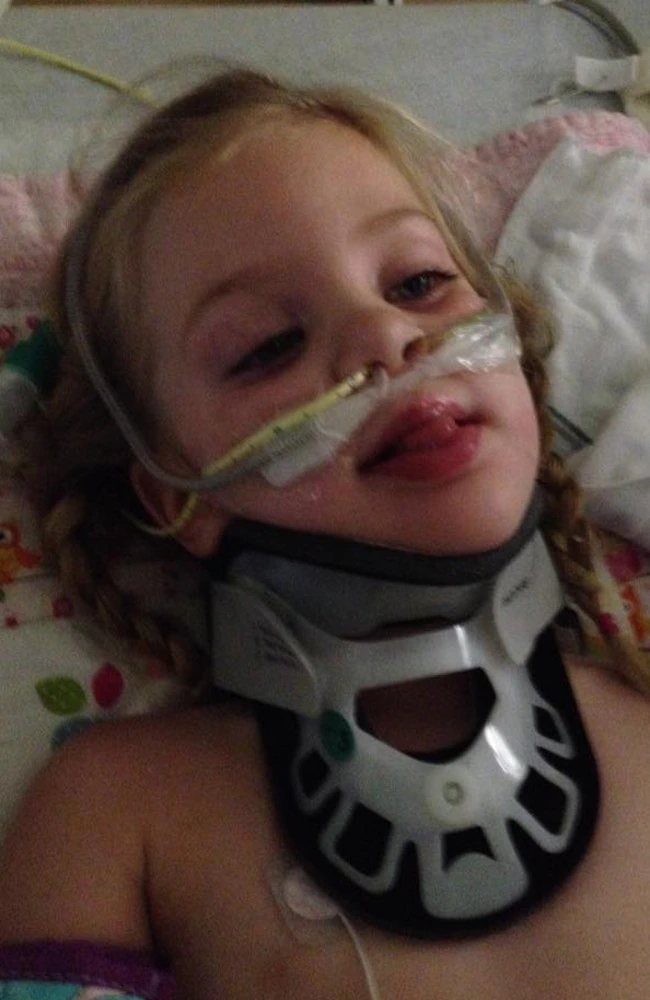
In the hustle to leave, Jamie went against her feeling and removed the life vest her daughter was wearing.
That’s when her worst nightmare came true. Turning away for a moment, Jamie realized with panic that Alise was nowhere to be found. She immediately went into action to locate her daughter while shouting to the other parents to call for emergency help.
A frantic search ensued until Alise was discovered – lifeless at the bottom of the neighbor’s pool. Without further thought, Jamie dove in, pulled her daughter from the depths, and immediately began administering CPR.
Another parent, Heather, who was also trained in lifesaving measures and techniques, helped with the resuscitation effort.
As the minutes ticked by without a response, the two mothers fought desperately to revive Alise.
For 12 unbearably long minutes, Alise’s heart would not beat on its own. Her color faded as medical help rushed to the scene.
While doctors at the hospital gave the family a poor prognosis of the child’s survival, the little girl still prevailed.
Although Alise was breathing, she also was still listed in critical condition. Dr. Jeremy Garrett observed that both Alise’s “body and brain were hurt.” He added, “Her lungs [were also severely injured] which continued to be a problem.”
However, you can’t dispute the miracles that can occur when people know CPR and are able to use it. Against all odds, Alise slowly began to recover.
Within days, she opened her eyes, then spoke and even sang – stunning caregivers with her rapid and miraculous progress.
Though her lungs and brain had endured a severe trauma, she continued improving beyond medical explanation.
After just two weeks, Alise defied expectations and finally went home. The steadfast child’s physician could only attribute her survival to the quick actions that saved her life combined with the power of prayer.
Through a mother’s love and a community’s faith, this brave little girl cheated death and was delivered from what could have been a tragedy. Her recovery stands as a testament to the miracles that can occur when you know CPR and when you pray and keep the faith.
The Surprising Mental Health Benefits of Learning CPR
Studies show that people who learn CPR tend to feel less stress and anxiety in emergencies and daily life. They also report greater feelings of personal accomplishment and self-esteem.
Learning a skill like CPR, challenges you physically and mentally. It pushes you outside your comfort zone in a controlled way. And when you master it, your brain gives you a boost of feel-good hormones that make you feel rewarded and proud of the accomplishment.
How does this work?
How Learning CPR Can Reduce Anxiety
So, learning CPR can do more than just prepare you for an emergency—it can actually help reduce your anxiety and boost your self-confidence.
Research even reveals that training children in CPR is critical. Investigators suggest that the best training age is around 12.5 years old. The sooner people become aware of the importance of these skills, the better.
Have you ever felt helpless in stressful situations? Learning CPR gives you the ability to take action in a crisis. Knowing you have the skills to potentially save a life can help alleviate feelings of panic and anxiety.
Studies show that the majority of bystanders who know CPR feel less distressed and are more able to respond in an emergency. The training process itself also helps desensitize you to panic and upset.
Performing CPR on a mannequin during a class allows you to experience what it feels like to take action in an emergency so you’ll be ready for an emergency event.
Learning life-saving skills boosts the learner’s confidence
Learning a new lifesaving skill like CPR boosts your confidence in other areas of life as well. Mastering CPR demonstrates that you have the ability and wherewithal to apply what you’ve learned in high-pressure situations. This can translate into greater confidence at work, in relationships, and in handling unforeseen problems or other crisis events
Knowing CPR also gives you peace of mind that you can help when others need you. You’ll feel more at ease in public or at social gatherings, secure in the knowledge that you can take action if someone experiences a cardiac arrest or stops breathing.
So, while learning CPR prepares you for an emergency, its benefits go far beyond that. Gaining this lifesaving skill gain control—even when faced with situations that feel almost impossible.
Psychological First Aid
People who become traumatized from high-stress emergency situations may need to receive psychological first aid.
The more you become involved in CPR learning, the more you’ll understand the idea behind PFA – for you or the victim. PFA is designed to ensure an environment of calmness, connectedness, safety, self-empowerment, and hope.
Some of the Challenges of Layperson Rescues: Why You Need to Train Onsite
When CPR is initiated by bystanders, the survival rate of out-of-hospital cardiac arrest (OHCA) increases notably.
If a lay rescuer does not receive onsite CPR training however, they may hesitate to provide emergency assistance in the following situations:
- They’re unable to determines the seriousness of a victim’s condition;
- They’re worried about getting an infectious disease;
- They feel incapable and unsure;
- They’re worried about legal implications; or
- They’re concerned about physically harming the patient.
That is why you need to receive CPR/AED training at a community site. You can get the hands-on experience you need so you’re better able to handle some of the concerns that may arise during a rescue attempt – a time when every second counts.
While knowing CPR can boost your level of confidence, you also have to know how the training you select can impact your overall well-being and eventual medical outcome and health of the victim.
The Benefits of Receiving Certification
When you complete a CPR certification course in your community, you’ll feel empowered in other areas of your life as well.
A knowledge of CPR gives you:
A sense of purpose
Knowing CPR makes you feel like you have a sense of purpose – you have the knowledge and ability to help in a crisis. That provides a mental reward of feeling self-assured and capable.
A useful skill for life
CPR is a skill that’s useful for life. You never know when you might need to perform it, whether on a loved one, friend, coworker or stranger. Graduating from a CPR course means you can act as a first responder if someone experiences a sudden cardiac arrest (SCA), and that’s a great feeling.
The ability to teach others your new skill
Once you become CPR certified, you’ll have the ability to teach friends and family this lifesaving skill as well as local residents. Passing on this knowledge to others in your community gives you a chance to pay your skills forward.
Continuous Learning and Improvement: Recertification
To remain certified in CPR, you must renew your certification every two years. This means practicing and refreshing your skills on a regular basis. Repeating CPR training gives you an opportunity to strengthen your competence over time.
You’ll feel good in knowing that your life-saving skills are up-to-date. Overall, learning CPR has significant psychological benefits in addition to the obvious physical ones.
Final Thoughts
Equipping yourself with the life-saving skill of CPR will give you a sense of control and empowerment, helping you stay calm enough to get through an emergency.
Regular recertification and practice can reinforce these mental health rewards and give you the peace of mind so that you’re always ready to help if needed.
Fredricks baseball experience
It was a normal day for Fredrick. He was playing baseball for his school and It was his turn to hit the ball. The ball came flying at him and hit his chest in between heartbeats. Fredrick went into cardiac arrest and fell unconscious. Luckily, his coach, David took a CPR class and knew exactly what to do. He rushed into action, checked his pulse, and began CPR while a teammate called 911. After a few minutes of CPR, Fredrick came back to life. Later, the ambulance came and took Fredrick to the hospital. A year later, Fredrick was back playing baseball, thanks to David.
CPR
CPR is an important tool in saving someone’s life from cardiac arrest. thousands of people every year experience cardiac arrest. At InPulseCPR we are committed to teaching others how to save lives.
Go to Inpulsecpr.com and find a class near you
What To Look For in a Quality CPR Class
Who wants to sit in a stuffy room for hours listening to someone drone on about chest compressions and rescue breaths? It’s crucial that CPR training provides the right information and is delivered in a way that sticks so your team is prepared if the situation arises. When it comes down to it, people don’t remember a list of facts and procedures in an emergency. That’s where the importance of a quality CPR class comes in. With their expertise and commitment to saving lives, In-Pulse CPR is the perfect partner with classes offered in Florida, Pennsylvania, and Minnesota.
Accreditation and Certification
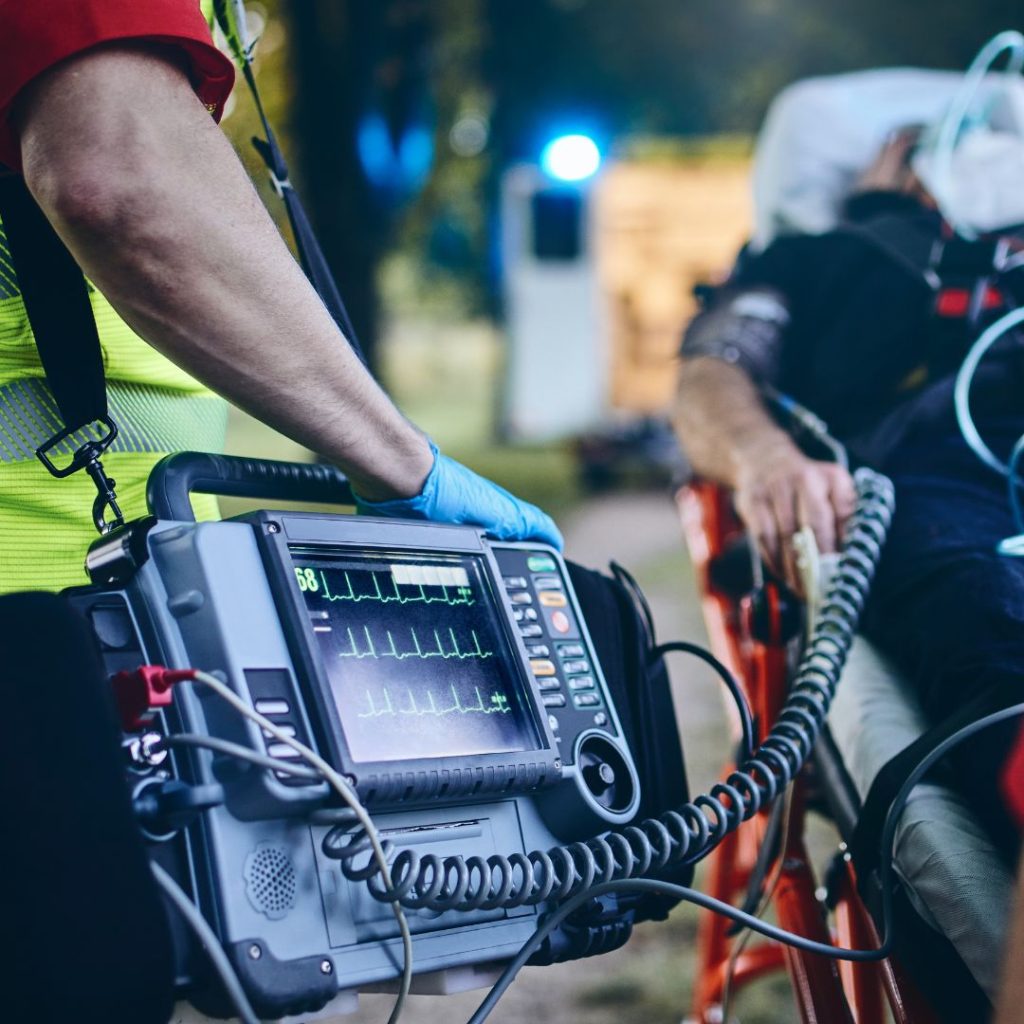
A quality CPR class should be accredited by a recognized organization such as the American Heart Association or the American Red Cross. These organizations have strict guidelines and standards that must be met for a first aid course to be accredited. By choosing an accredited class from In-Pulse CPR, you can be assured that you are receiving up-to-date and accurate information.
Interactive and Fun Training
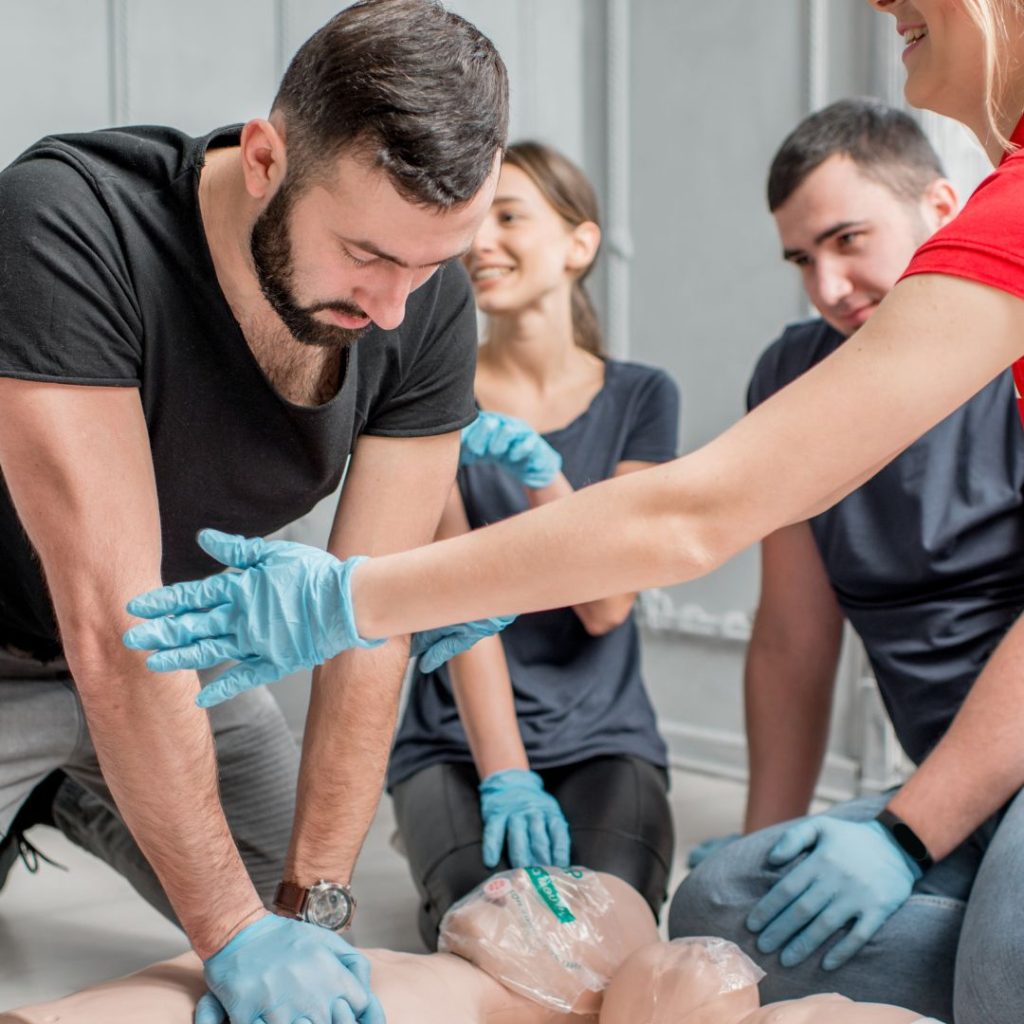
Traditional CPR training can be boring and monotonous. What sets In-Pulse CPR apart from other first aid training providers is that we offer in-person training for a more hands-on and interactive learning experience. This helps students retain and recall the information during an emergency and feel more confident and ready.
Comprehensive Curriculum
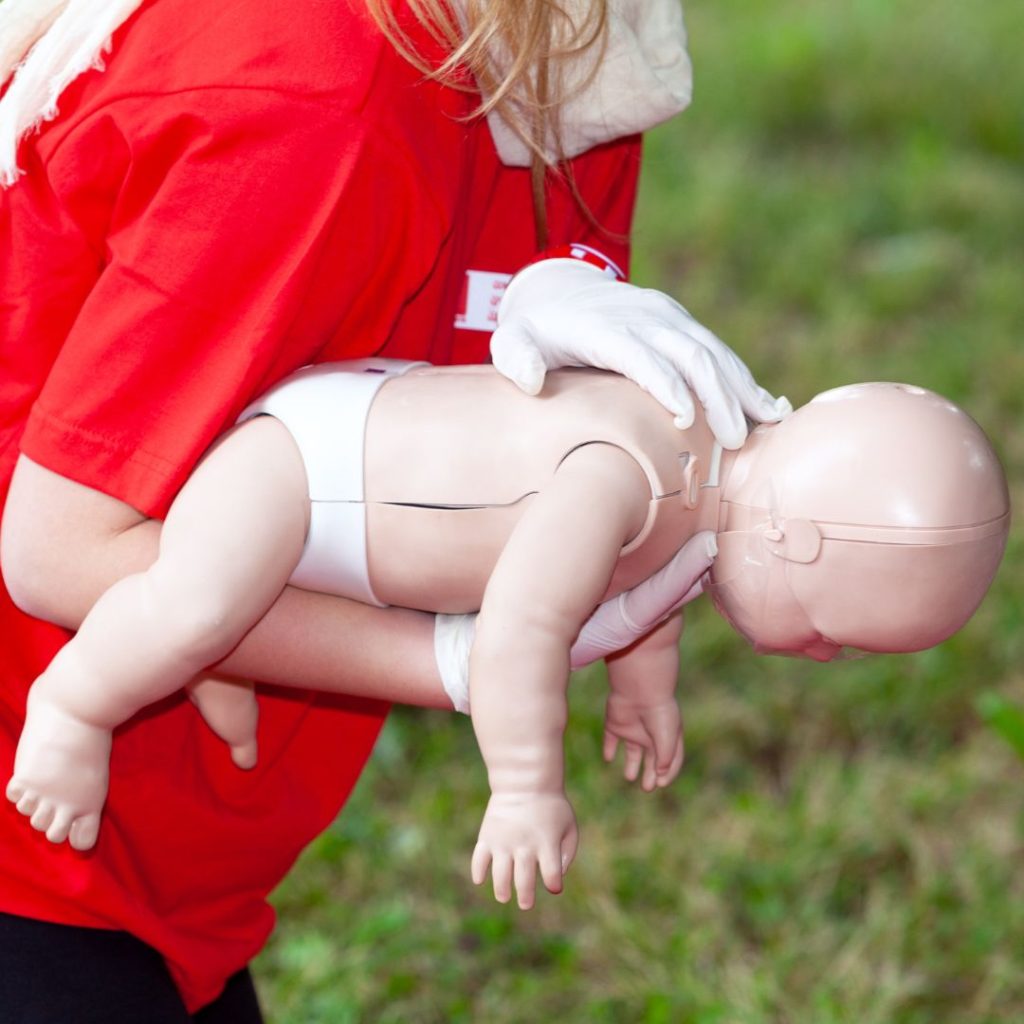
A quality CPR class should cover a range of topics including basic life support, choking, and AED (automated external defibrillator) training. It should also include hands-on practice with mannequins to simulate real-life situations. In-Pulse CPR offers a comprehensive first-aid training curriculum.
Novice-Friendly Classes
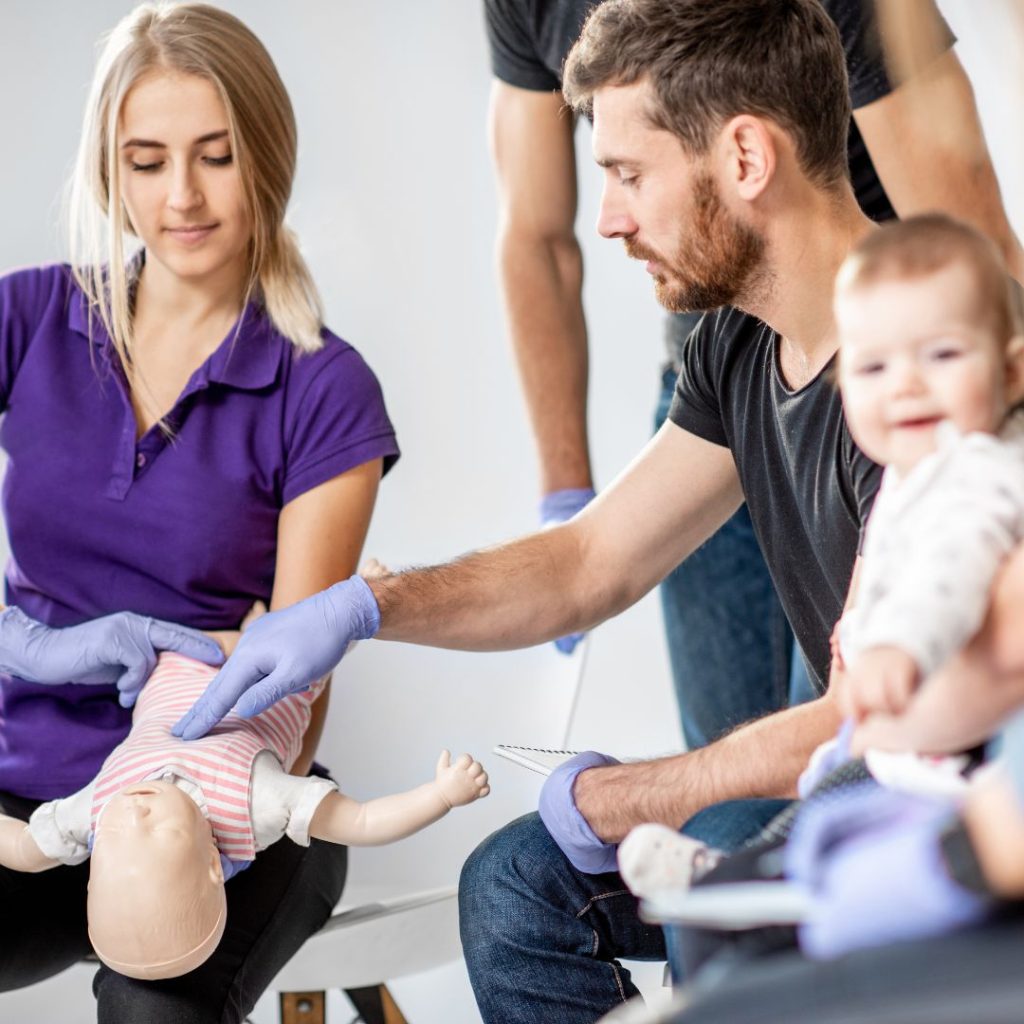
In-Pulse CPR offers classes for people of all skill levels, from novice to experienced. All classes are guided by a team of skilled and experienced instructors who have real-life experience in emergencies. This practical knowledge is invaluable in teaching participants the right techniques and ensuring they are confident and prepared to perform CPR in a real-life situation. See class options and schedule.
The next time you have to take a CPR class, remember to look for one that goes beyond the basic facts and procedures. Look for one that has a heartbeat and some life and one that will leave you feeling confident enough to act in an emergency. Schedule your training today!
Find a Class
The Many Certifications Inpulse CPR Offers
In-Pulse CPR is the premier destination for comprehensive CPR and medical training certifications in Florida, Pennsylvania, and Minnesota. With a wide array of courses designed to equip individuals with life-saving skills. Whether you are seeking CPR classes, first aid training, AED training, or CPR certification classes, In-Pulse CPR has you covered with expert instruction and hands-on learning experiences.
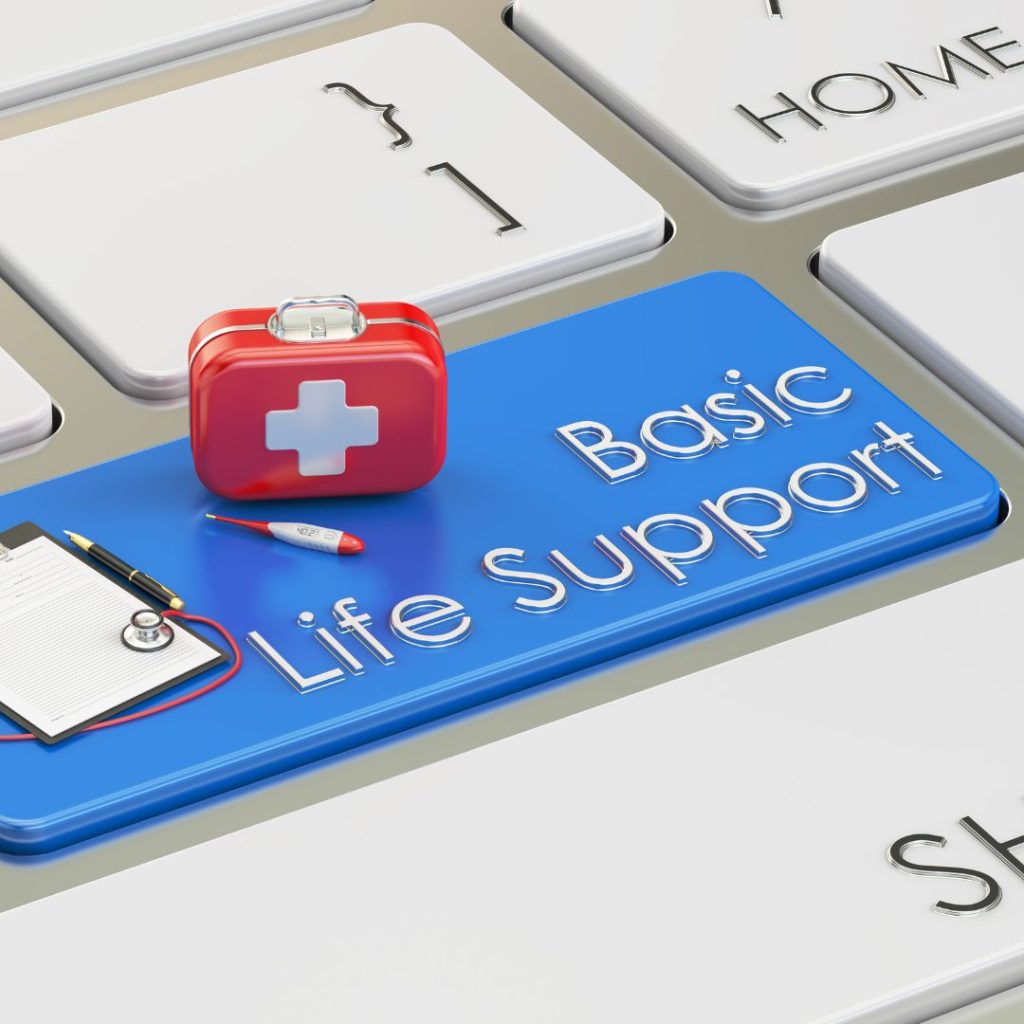
BLS Certification
Achieve your Basic Life Support (BLS) certification with In-Pulse CPR. This course is essential for healthcare providers and individuals looking to gain the skills and knowledge required to respond to cardiac emergencies. Our expert instructors will guide you through BLS techniques and protocols, ensuring you are well-prepared to handle situations with confidence.
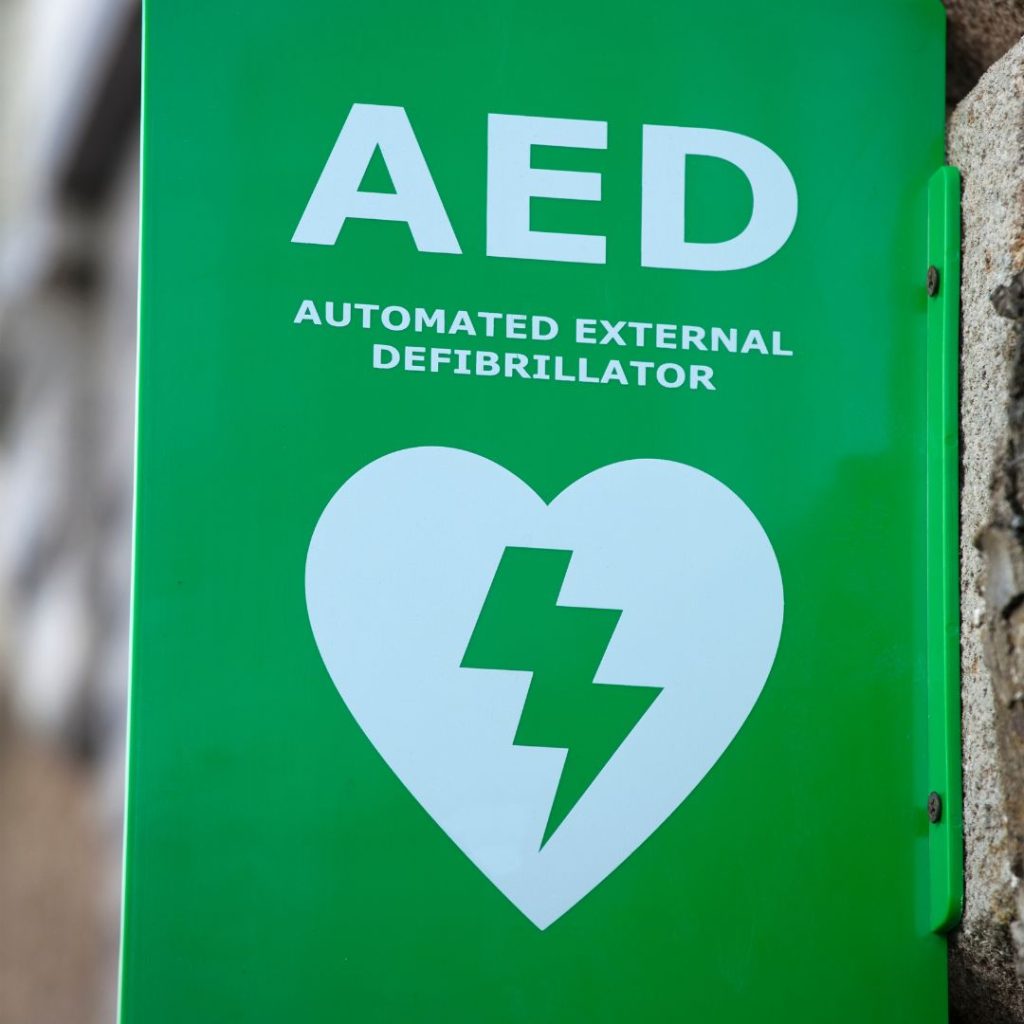
AED Training
Learn how to operate an Automated External Defibrillator (AED) effectively. Our AED training course focuses on teaching participants how to recognize cardiac arrest and use an AED to restore normal heart rhythm. With hands-on practice and real-life scenarios, you will be equipped to respond quickly and efficiently in emergency situations.
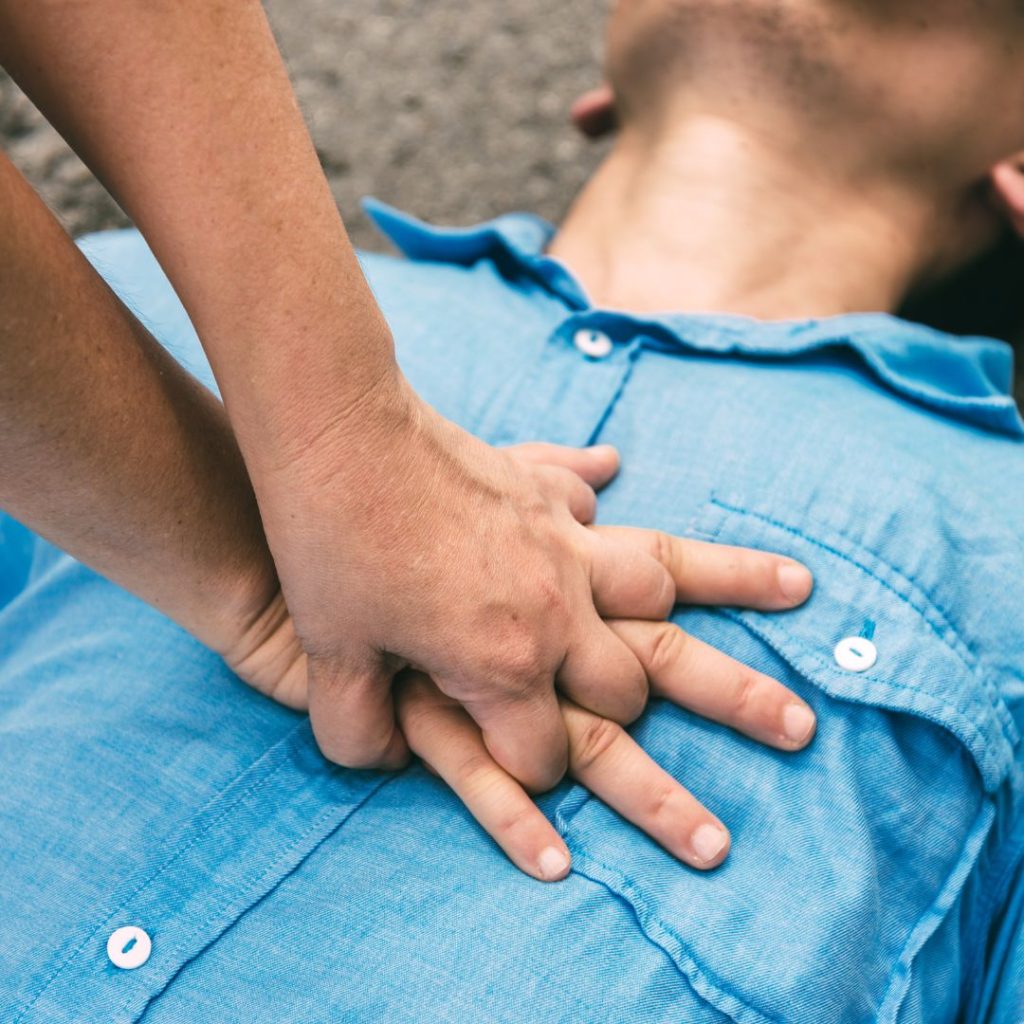
CPR Techniques
Master the art of Cardiopulmonary Resuscitation (CPR) with In-Pulse CPR’s comprehensive training program. From basic CPR skills to advanced resuscitation techniques, our certified instructors will provide you with the knowledge and confidence to perform CPR effectively.

Bloodborne Pathogens
This crucial course is designed to educate individuals on the risks of bloodborne pathogens and how to prevent their transmission. Our instructors will cover essential topics such as exposure control plans, universal precautions, and proper handling of potentially infectious materials, ensuring your safety in healthcare and other high-risk environments.
In-Pulse CPR stands as a trusted provider of CPR and medical training certifications in Florida, Pennsylvania, and Minnesota. Enroll in our CPR classes, first aid training, AED training, or CPR certification classes today, and take the first step towards being a confident and capable responder in any situation.
CPR and AED: Understanding the Role of Defibrillators in Resuscitation
When it comes to saving lives in emergency situations, having a solid understanding of Cardiopulmonary Resuscitation (CPR) is crucial. However, in some cases, performing CPR alone might not be sufficient to revive a person experiencing sudden cardiac arrest. This is where Automated External Defibrillator (AED) comes into play. In this blog post from In-Pulse CPR, we will dive deep into the role of AEDs in resuscitation and how they work hand in hand with CPR to increase chances of survival.
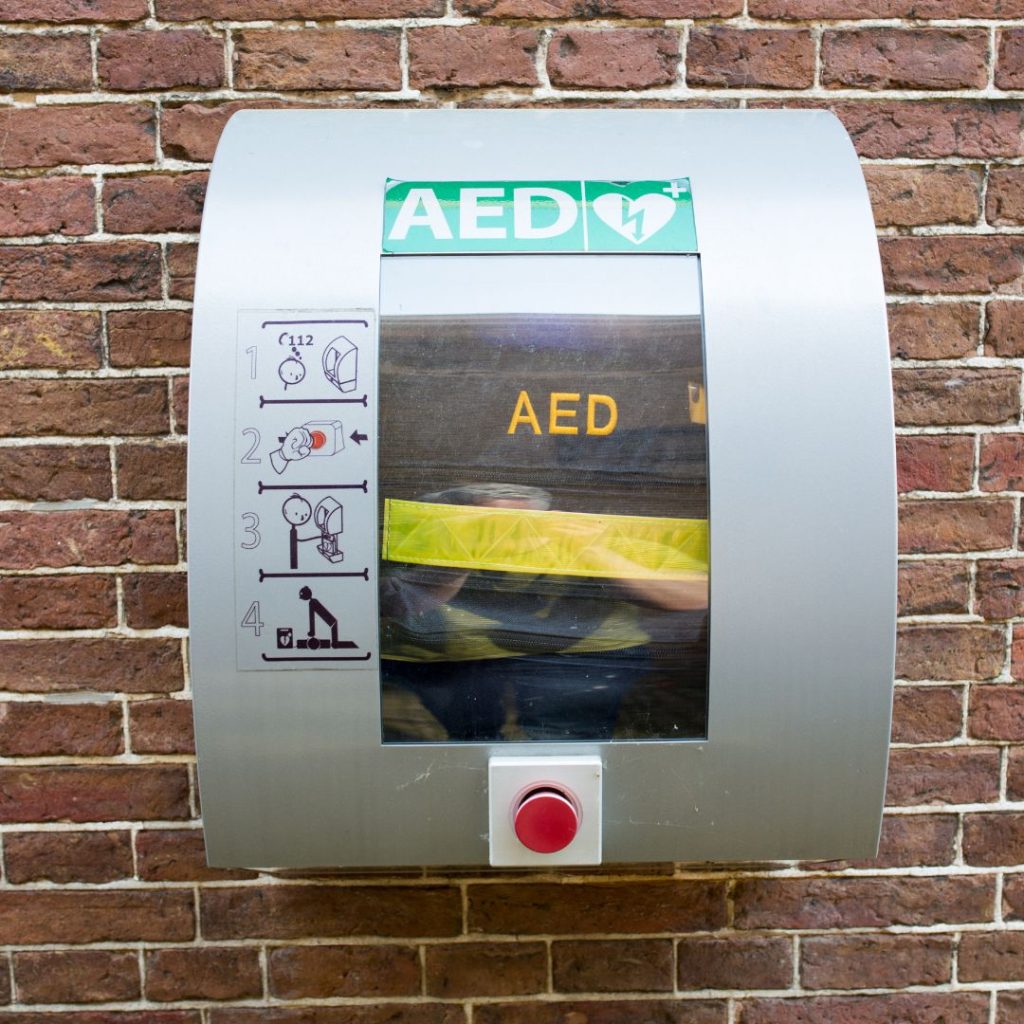
What Is an AED and How Does it Work?
An AED is a portable electronic device that helps analyze heart rhythms and deliver a controlled electric shock to restore the heart’s normal rhythm during cardiac arrest. It provides visual and audio prompts to guide the rescuer through the resuscitation process. AEDs are designed to be user-friendly and require minimal training to operate.

The Importance of CPR and AED Combination
While CPR alone can help circulate the blood and oxygen to vital organs, using an AED in conjunction with CPR can significantly increase the chances of survival. The timely delivery of an electric shock through an AED helps reset the heart’s electrical activity, allowing it to resume its normal rhythm. This combination maximizes the effectiveness of resuscitation efforts.
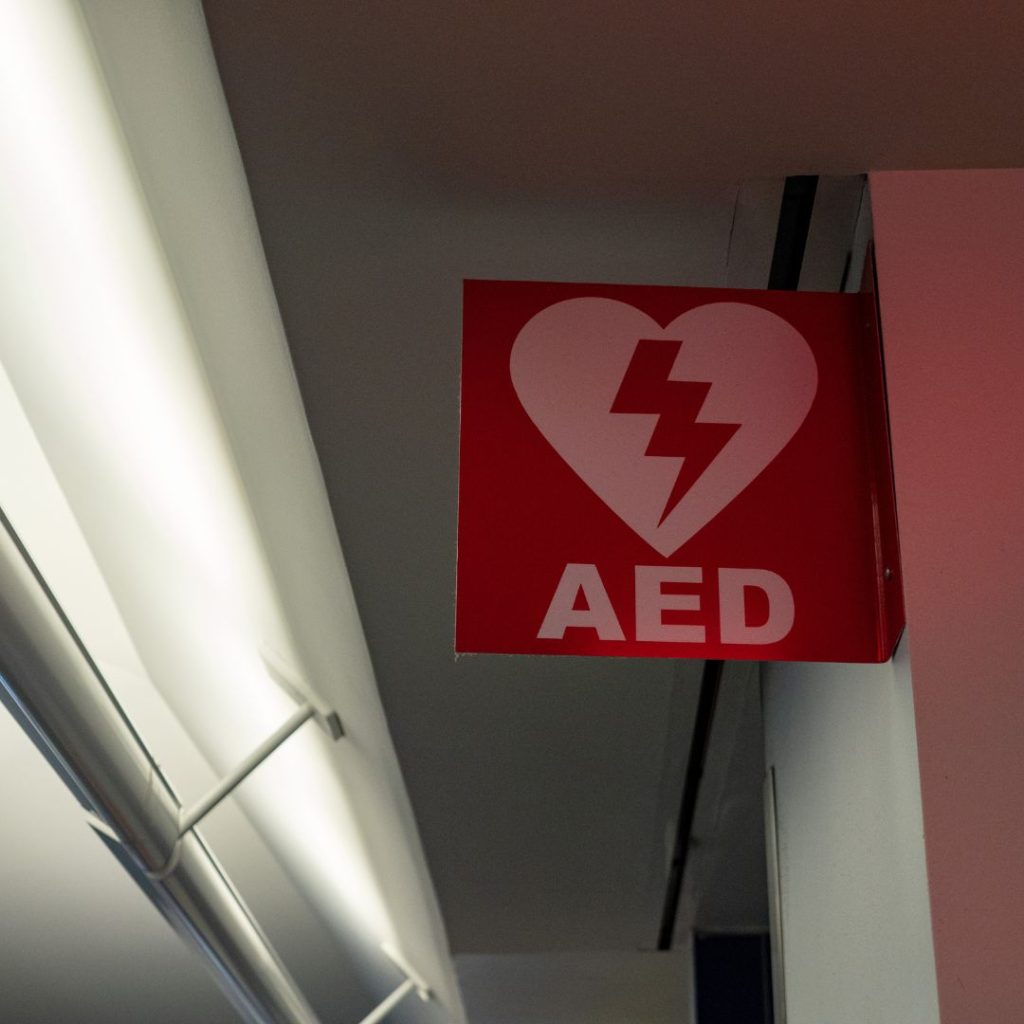
AEDs in Public Places and Workplace Settings
To ensure quick response in case of sudden cardiac arrest, AEDs are now commonly found in public places like schools, airports, malls, and workplaces. Having accessible AEDs increases the odds of immediate defibrillation, which is vital for survival. In workplace settings, CPR classes and training programs are highly recommended to equip employees with necessary life-saving skills.
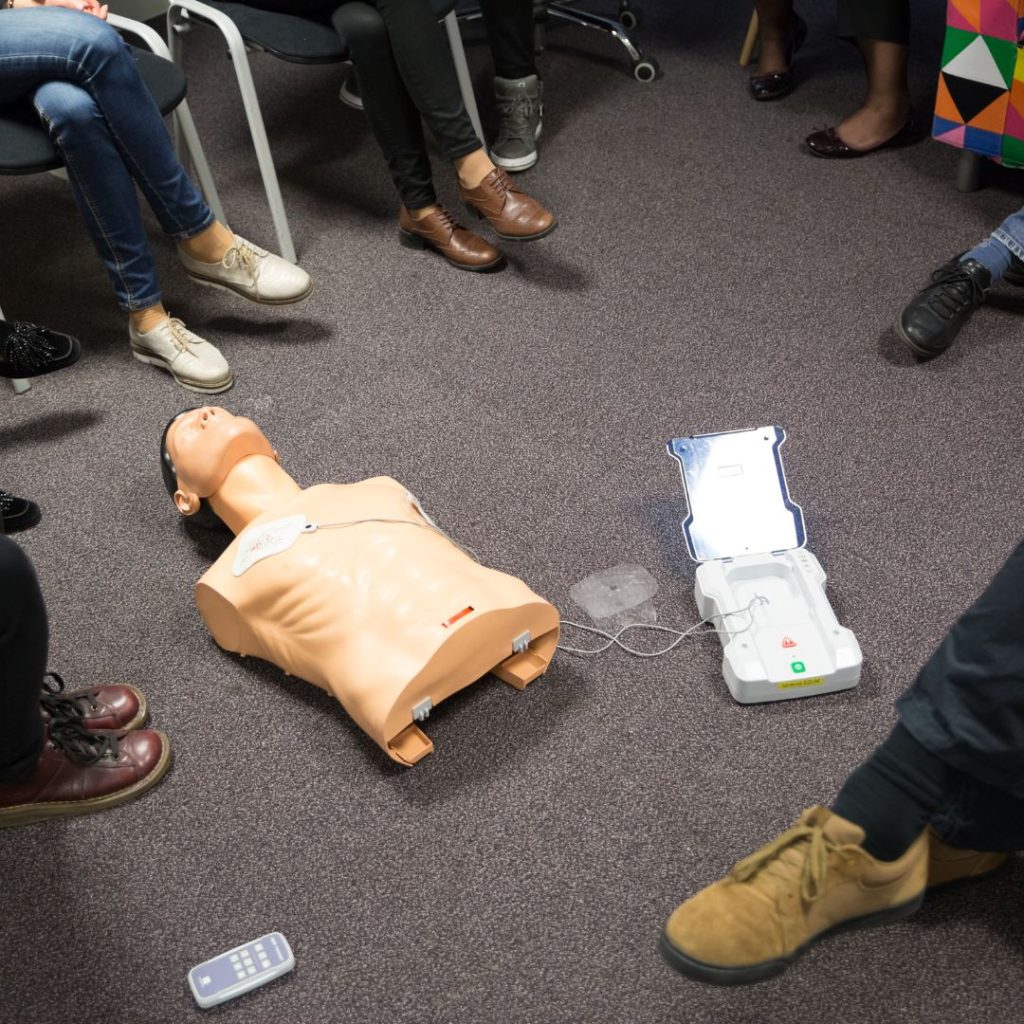
Getting CPR and AED Training and Certification
To be prepared for emergencies and to make a lasting impact, individuals should consider enrolling in CPR certification courses that cover both CPR and AED usage. At In-Pulse CPR, we offer comprehensive training and certification programs in Pennsylvania, Minnesota, and Florida. Our experienced instructors will guide you through hands-on practice and provide the knowledge needed to confidently handle emergency situations involving CPR and AED. Additionally, we also sell AEDs to further support your preparedness efforts.
Partner With In-Pulse CPR for AED and CPR Training
The combination of CPR and AED holds great significance in the realm of resuscitation. Knowing how to perform CPR and operate an AED can make all the difference between life and death in an emergency. To ensure you are well-prepared, partner with In-Pulse CPR for CPR and AED training and certifications. Together, let’s create a safer world where more lives can be saved through immediate and effective action.
Elevate Your Career With In-Person CPR Training: A Life-Saving Investment in Professional Growth
In today’s professional world’s dynamic landscape, possessing skills and life-saving expertise can be a career game-changer. Explore how In-Pulse CPR‘s in-person training goes beyond just CPR skills, offering a transformative journey that elevates your career prospects and positions you as an invaluable asset in any workplace.
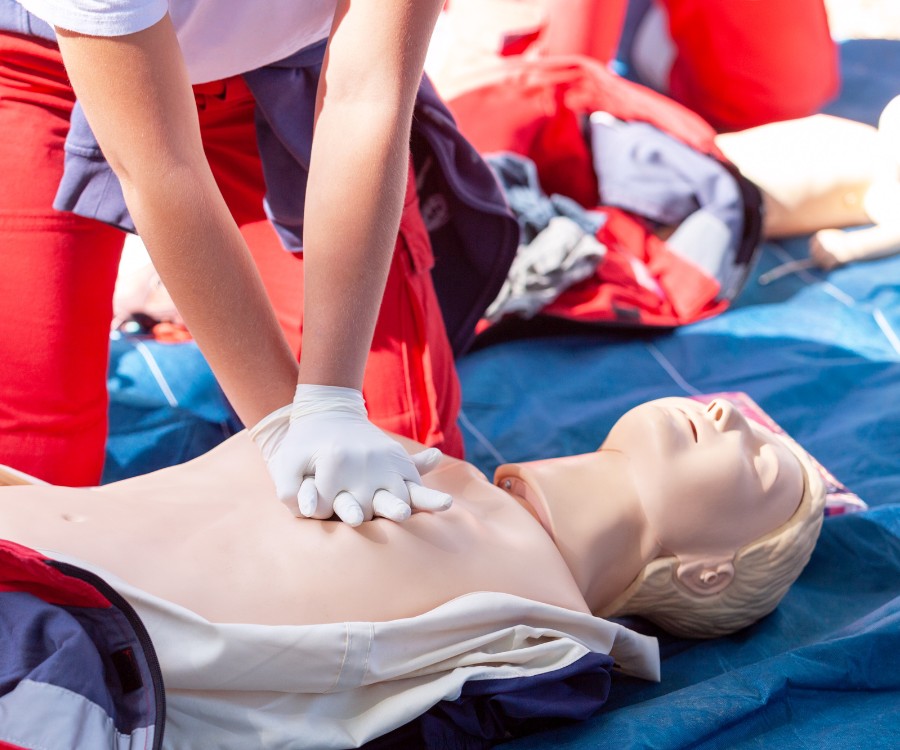
Lifesaving Skills That Redefine Your Professional Value
In-Pulse CPR’s in-person training transcends the boundaries of traditional CPR instruction. It’s a career-centric investment that doesn’t just teach you how to perform CPR; it equips you with the skills that render you indispensable in any professional setting. The ability to confidently navigate emergency situations can redefine your professional value, positioning you as a crucial asset in any career.
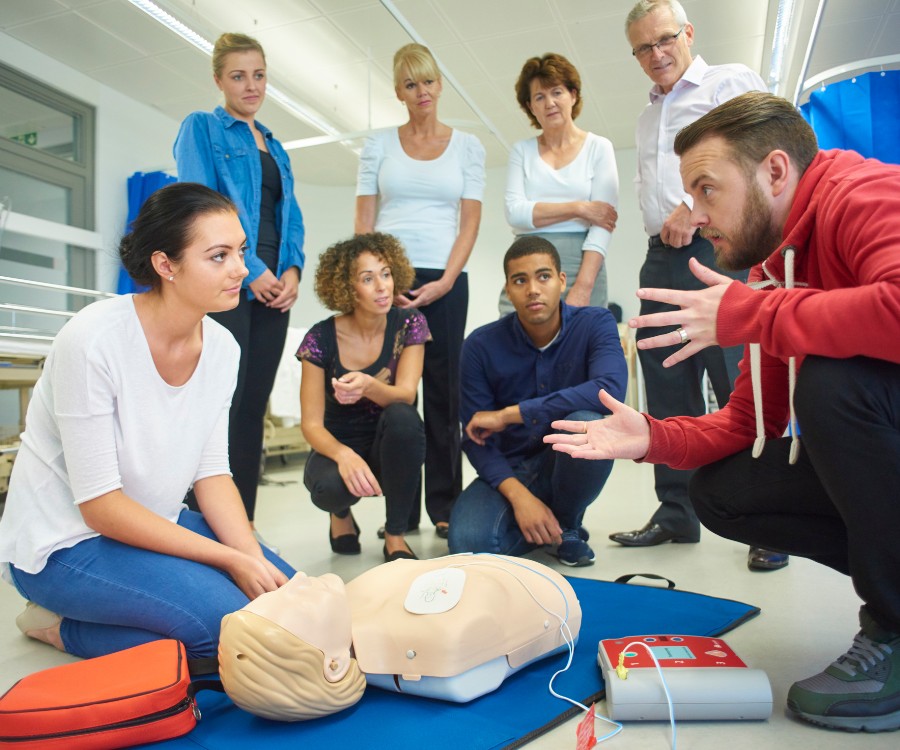
Career-Driven Expert Guidance from Certified Instructors
Guided by over 40 certified instructors, In-Pulse CPR ensures that your training aligns seamlessly with the unique demands of your profession. Our expertise transforms you into a professional not only proficient in CPR but also armed with a comprehensive understanding of emergency response tailored to your career path.
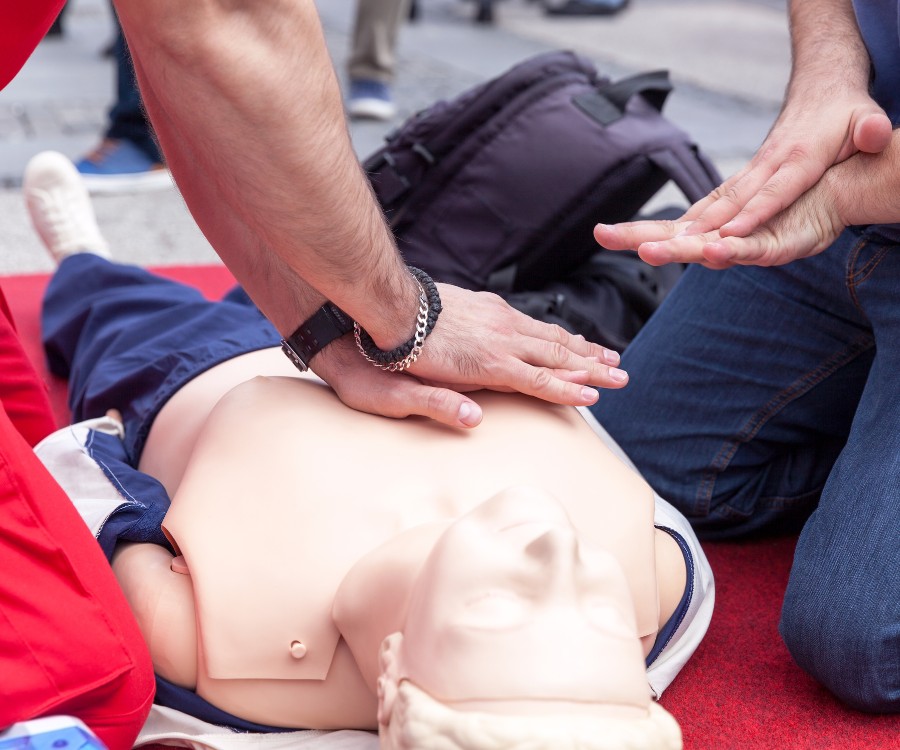
Strategic Career Advancement Through Convenience
Strategically placed across 50 locations spanning multiple states, In-Pulse CPR’s training centers are a testament to our commitment to your professional growth. Convenience is not just a perk; it’s a strategic element designed for professionals with demanding schedules. Investing in your career through in-person CPR training becomes not only beneficial but also effortlessly integrated into your busy professional life.
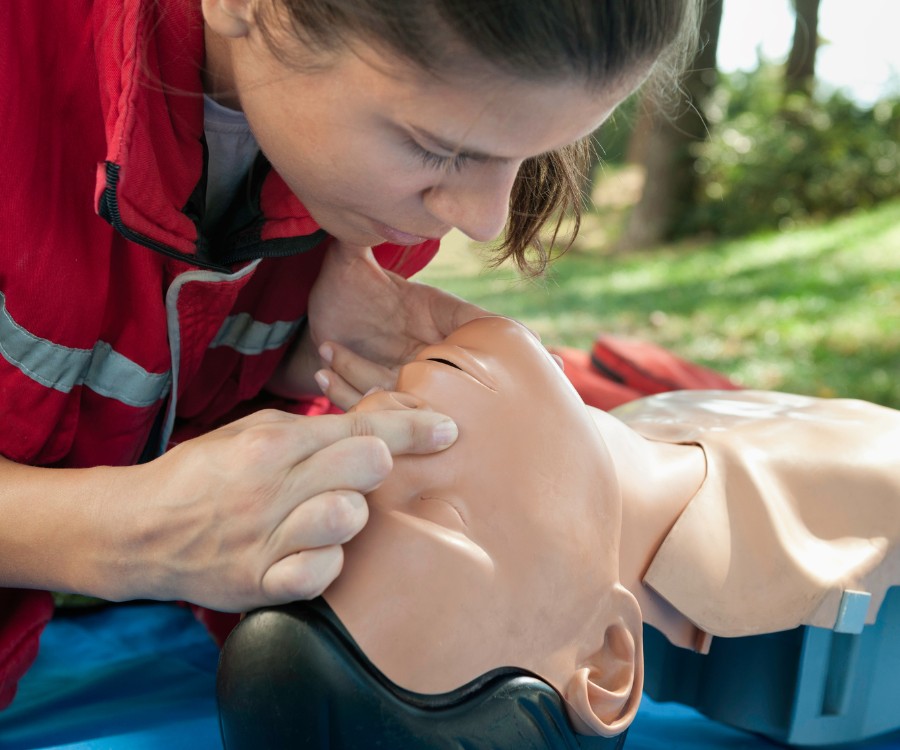
Professional Growth Showcased Through Testimonials
The impact of In-Pulse CPR’s training on professional growth is eloquently expressed in the testimonials of individuals who have undergone our transformative programs. These real-life stories underscore the tangible connection between career elevation and In-Pulse CPR’s top-tier training, emphasizing not just the skills acquired but the confidence instilled in professionals navigating high-stakes situations.
Join the league of professionals who have harnessed the transformative power of In-Pulse CPR’s training, advancing not just their careers but contributing to safer and more prepared workplaces. Invest in your career growth — enroll in In-Pulse CPR’s in-person training today and unlock a future where your life-saving skills make a profound difference in your professional journey.



